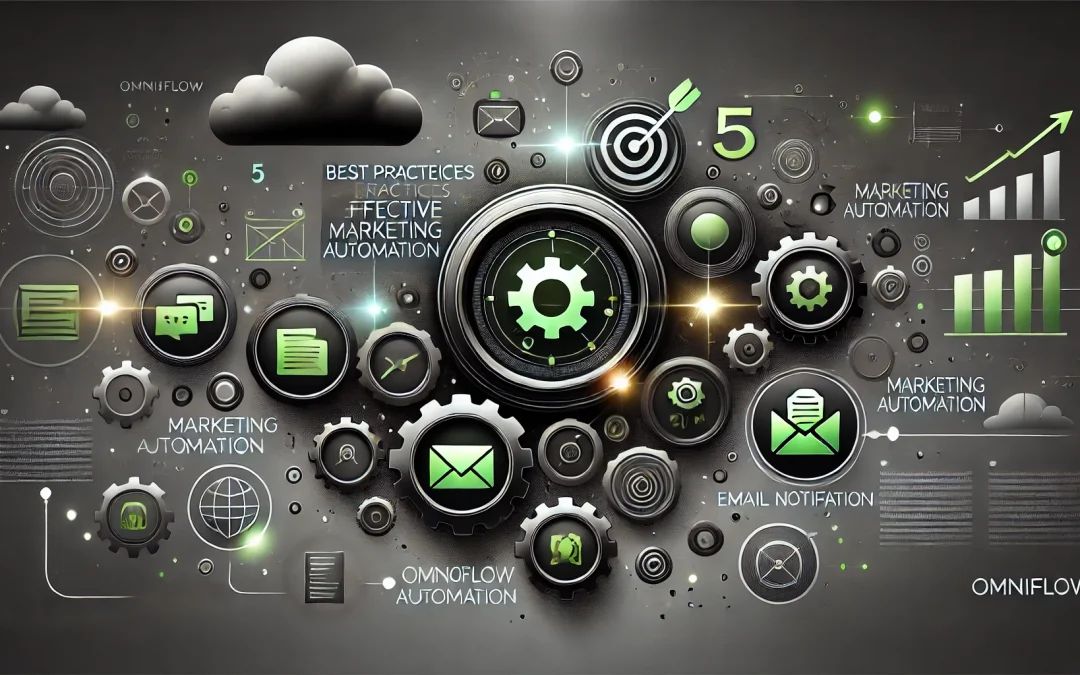
“I Sent an Email and Made a Sale” – The Power of Email Marketing
This is a phrase we’re always excited to hear from our clients. Many people are under the impression that email marketing is outdated, with attention shifting to social media, SMS, and WhatsApp. However, email marketing remains one of the most powerful tools in your marketing arsenal.
At OmniFlow, we often meet clients with legacy databases they haven’t engaged with in months—or even years. During our consultations, we ask a straightforward yet revealing question: “How often do you communicate with your database?” The answers range from “once a week” to “only occasionally, when we send a newsletter.” Many even say they’ve given up on email altogether, believing it doesn’t work anymore.
Here’s the truth: Email marketing still works!
Yes, it’s a traditional channel, but that doesn’t make it ineffective. Many believe emails don’t inbox, have low open rates, or no longer capture attention. Yet at OmniFlow, we take a holistic view: each marketing channel has unique strengths and weaknesses, and email remains one of the most cost-effective ways to communicate directly with your audience. People check their emails daily—often hourly!
Of course, spamming won’t yield results. But when you’re reaching out to actual customers with meaningful, personalized communication, the results can be astounding.
A Case Study
One of our clients came to us with a legacy list of over 8,000 email addresses they hadn’t communicated with for six months. We started a thoughtful email campaign with this list, running it for 6–8 months. The initial open rate averaged 23%. Curious about engagement, the client asked, “Are the same people opening each time?”
We dove into the data and found something remarkable: out of the 8,000 contacts, over 6,000 unique individuals opened the emails during the campaign. That’s an overall unique open rate of 75%!
The results didn’t stop there. This “cold” list generated more than $250,000 in revenue for the client! Of course, there were challenges too—like a 35% unsubscribe rate. But for a list that hadn’t been engaged in so long, this was entirely normal and even expected.
The Takeaway
Don’t underestimate the power of email marketing. It’s not just about sending messages—it’s about:
• Clever Communication
• Hyper-Personalization
• Engaging Campaigns
By reconnecting with your database, you can reawaken dormant opportunities and drive real revenue. With OmniFlow.AMS, you have the tools to do this effectively, ensuring every email counts.
Email marketing isn’t dead—it’s waiting for you to unlock its potential.



